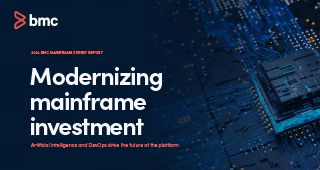Change isn’t always easy. But if the last 18 months taught us anything, it’s that change (and the unexpected) are inevitable. While we can’t predict the future, we can still look ahead to a degree and make the best choices for ourselves, and ideally make sure that includes the ability to continue adapting to new and changed circumstances.
The same applies to our technology choices; technology that our organizations depend on today more than ever. Our technology has to be as flexible and adaptable as it is cost-efficient.
Of course, some changes are better than others. The tools that we use and the value they deliver are sometimes impacted by changes brought about by vendors, based on their own shifting priorities rather than your own. Company mergers and acquisitions don’t always mean more choice. Experience has shown they can mean lock-in for some organizations, to annual price rises, for example. They might bring unnecessary constraints imposed by, say, a bundling model, in which the price you pay is unfairly tied to other solutions in a contract.
Such practices don’t benefit the customer. In fact, they actually throw up barriers to achieving precisely what you need: the flexibility to adopt whatever best-of-breed solutions you want, when you want them, to accelerate your digital transformation. To help you work faster, smarter, and more cost efficiently.
We’re contacted every day by customers in this situation, asking if we can help. We can. What’s more, BMC can help across the piece, offering a viable and sustainable total-solution approach. This can cover anything from workload automation and job scheduling through infrastructure and performance monitoring to mainframe security, databases, capacity optimization, service management – the list goes on.
We know we can do this because, in an example of eating our own cooking, BMC has successfully done it: moving away from solutions that no longer delivered the flexibility we needed, and reducing our costs in the process.
I was chatting with an industry analyst recently about a vendor change that led to its priorities changing, and the impacts on its customers. The analyst cited a lack of evidence of people moving away from that vendor’s tools. But this is only to be expected, I said, as contracts are still running and it’s too early to see those impacts. But the clock is ticking. People aren’t stupid. I firmly believe a trickle will become a flood in the months and years ahead, as organizations make a positive change and break free.
If you find yourself in this situation, ask a few questions. What are the anticipated costs involving these tools going forward? What level of support do we currently receive for these solutions? And do these products have a future roadmap? The answers will help you to plan your next move.






